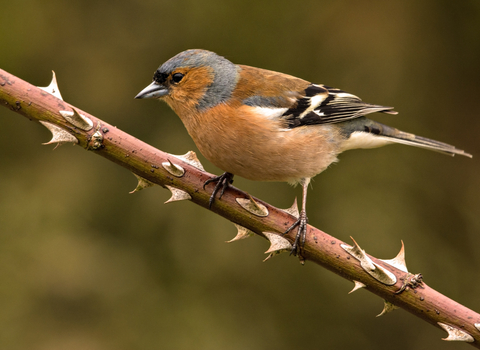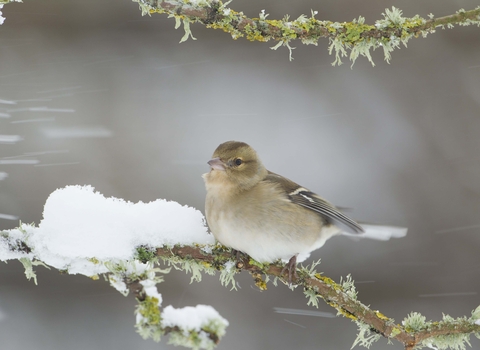
©Bob Coyle

©Mark Hamblin/2020VISION
Chaffinch
The colourful and delightful chaffinch is a regular garden visitor across the UK. Look out for it hopping about on the ground under birdtables and hedges.
Scientific name
Fringilla coelebsWhen to see
January to DecemberSpecies information
Category
Statistics
Length: 14-16cm Wingspan: 26cm Weight: 24g Average Lifespan: 3 yearsCommon. Classified in the UK as Green under the Birds of Conservation Concern 5: the Red List for Birds (2021). Protected in the UK under the Wildlife and Countryside Act, 1981.
